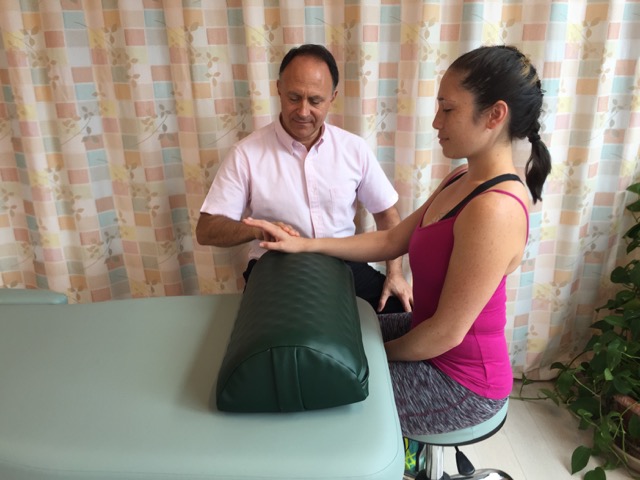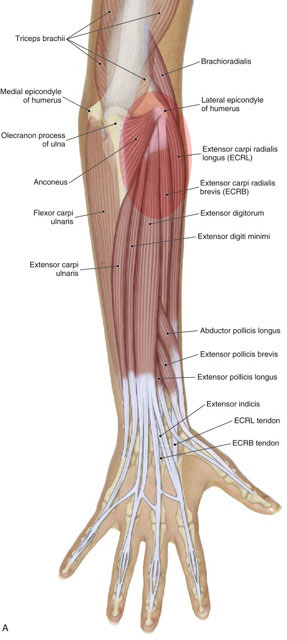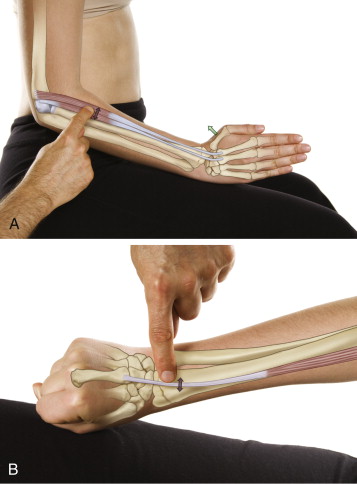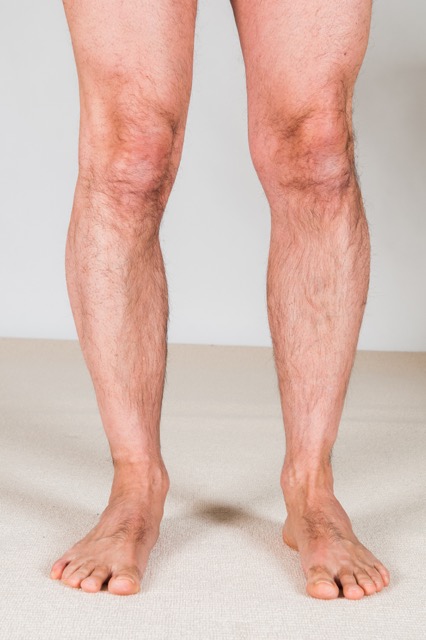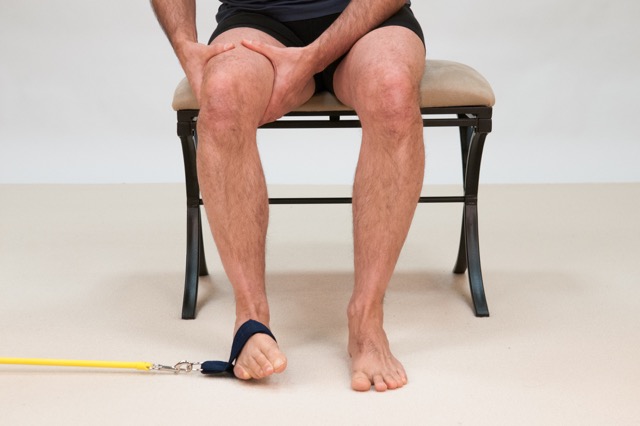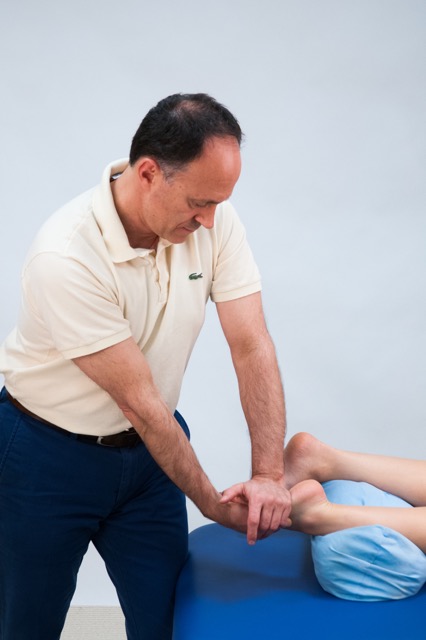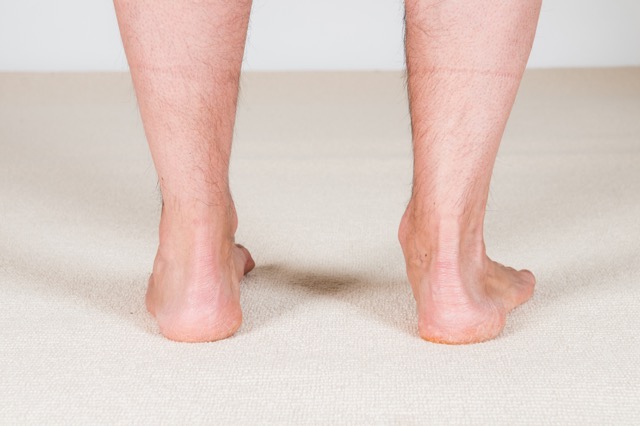Assessment/ Diagnosis: Knowing how to assess/diagnose tennis elbow is an extension of our understanding of the underlying pathomechanics of the condition. Active extension range of motion of the hand at the wrist joint or the fingers at the metacarpophalangeal and …
What are the signs and symptoms of Tennis Elbow?
Signs and symptoms of tennis elbow: The most common symptoms of tennis elbow (lateral epicondylitis, lateral epicondylosis) are pain and tightness at the common extensor belly/tendon, directly distal to the lateral epicondyle of the humerus. This tightness might be global …
What are the causes of Tennis Elbow?
Tennis Elbow – Introduction Tennis elbow is the term given to the condition that involves inflammation or degeneration of the common extensor belly/tendon of the posterior forearm and/or inflammation of its lateral epicondyle attachment on the humerus (the outside of …
A manual therapy case study on overpronation.
Manual therapy case study: Kerrati is a 36-year-old manager who works at a retail store. She came in for wellness massage, but during the postural examination, the therapist noticed that Kerrati’s right arch drops markedly upon weight bearing. Further, her …
What are the self-care and medical approaches to overpronation?
Self-care for the client/patient: When working with a client/patient for the treatment of overpronation of the foot, the importance of client self-care is extremely important. Supple flat foot is essentially a condition of weakness of the ligament complex and musculature …
How do we treat overpronation with manual therapy?
Manual therapy treatment: Because overpronation, whether it is a supple or rigid flat foot, does not directly cause pain, and even its effects farther up the body will likely not cause pain for many years or decades, it is likely …
What are the signs and symptoms of and how do we assess (diagnose) overpronation?
Signs and symptoms: The first and most obvious sign of overpronation is a flat foot/dropped arch. The supple flat foot will have an arch when not weight bearing and will be seen to lose the arch upon weight bearing. A …
What is overpronation and what are its causes?
Introduction to overpronation Pronation and supination are normal healthy movements of the foot that primarily occur at the subtalar joint between the talus and calcaneus (note: it also occurs at the transverse tarsal joint, which itself is composed of two …

